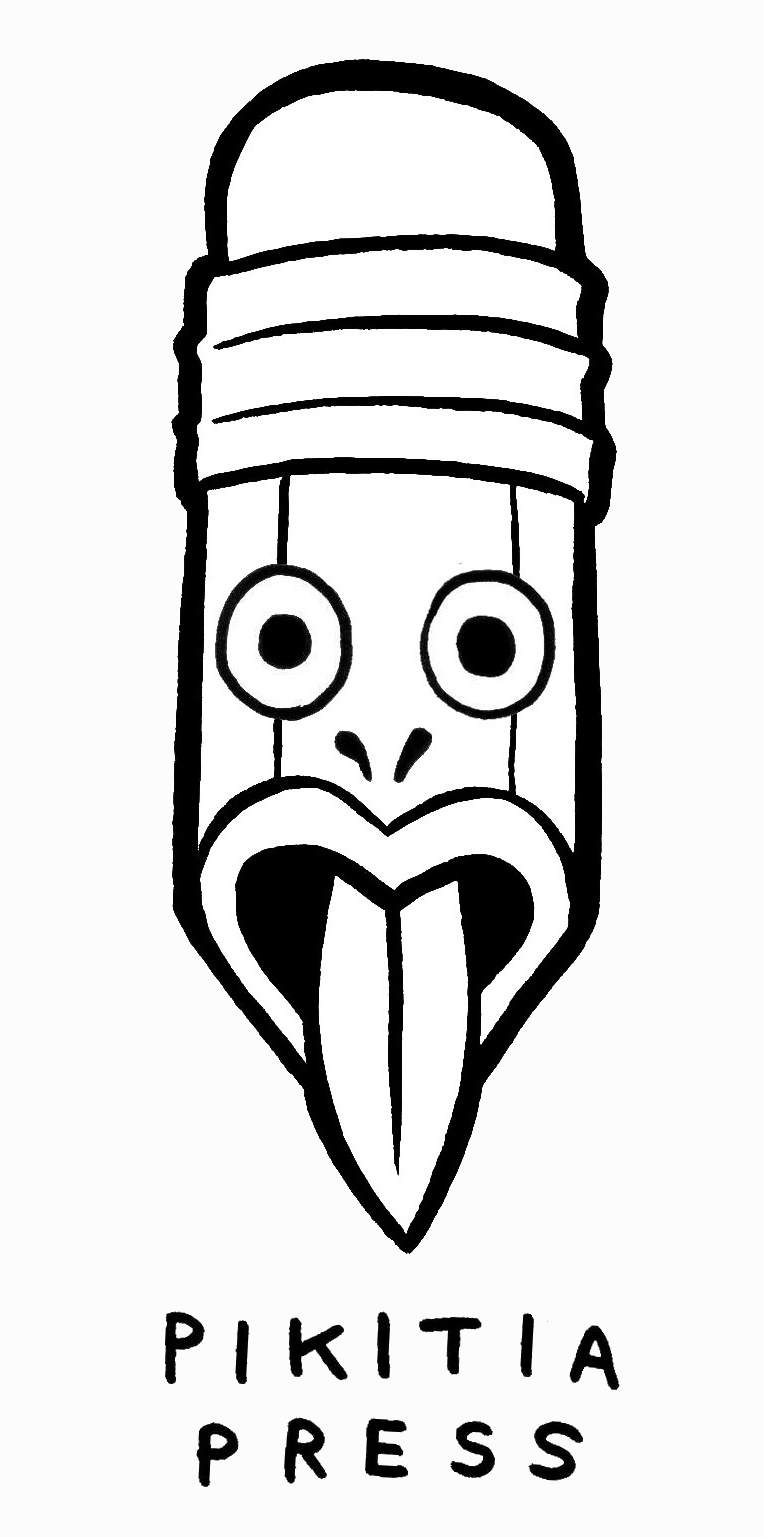(During May/June I'll be migrating a series of posts from my old blog pikitiapress.blogspot.com.au. I'll be slipping a few amongst current posts with added notes and galleries.)
Maurice Bramley was born in New Plymouth, New Zealand on September 11th, 1898. Bramley migrated to Sydney in the 1920's and worked as a commercial illustrator for newspapers and magazines from the 1930's through to the 1950's. Bramley worked on a wide range of material from advertising campaigns, newspaper, book cover and pulp illustrations. Later he depicted Marvel superheroes on the covers of Australian reprints of titles like The Avengers, Dardevil and Strange Tales a few years after their first American appearances in. From the late fifties to the early seventies he worked in Australian comics including stints on war and western titles for Page Publications and Horwitz Publishing House.
Maurice Bramley illustrated comics
Australian comics historian Kevin Patrick has researched Bramley extensively and written about him here and here and here and here.
Daniel McKeown wrote about Bramley here and provides examples of his pulp and comic cover work.
In the fifties Bramley and his wife Dell lived in Tuross, New South Wale. The Tuross village website feature details of Bramley's career here.
Below are samples of his fifties illustrations for Pocket Book Storyteller Weekly.






































